How to Solve the Worldwide Wall Mount Power Supply Dilemma Using Swappable AC “Blades”
Contributed By DigiKey's North American Editors
2023-03-23
Many technical standards are now unified or harmonized globally across large worldwide regions. For example, the IEC and associated UL standards define safety mandates required for consumer products. Similar consistent standards exist for medical devices. Even basic AC/DC power supplies, which must meet many safety and performance standards, are sufficiently unified so a single supply model can be sold worldwide.
Yet there’s one area where such a high degree of commonality does not exist, nor will it: the physical AC-line power plug and socket that connect small consumer products and medical units to the wall mounted AC/DC adapter/power supply. Due to historical reasons, many countries (and sometimes even regions within a country) have their own preferred plug arrangement, called “blades” in the industry.
As a result, vendors of small, low-wattage (<10 watts) wall mount power units must stock and supply power units that are otherwise identical – except for the blades. This complicates the supply chain, raises costs, and increases the risk of unavailability. Another option is to use so-called desktop units with replaceable power cords instead of wall mounted supplies, but this increases cost and inconvenience.
This article will look at an innovative solution to this apparently modest but frustrating problem. GlobTek, Inc. offers wall mount AC/DC power supplies with interchangeable, user-swappable blades, as well as desktop units that can be refitted, allowing the supply plug to be tailored by the OEM or end-user to meet local configuration requirements. This innovative design is available for supplies where a discrete power cord – permanent or removable – is not a desirable or practical option.
It's a unified world – or maybe not
Despite a largely harmonized global technology and economy, there are dozens of standard blade arrangements (informally often called plugs and their sockets) in worldwide use for the basic AC line (Figure 1). Some are widely standardized, such as the two and three-blade plugs in North America, while others have a very limited reach.
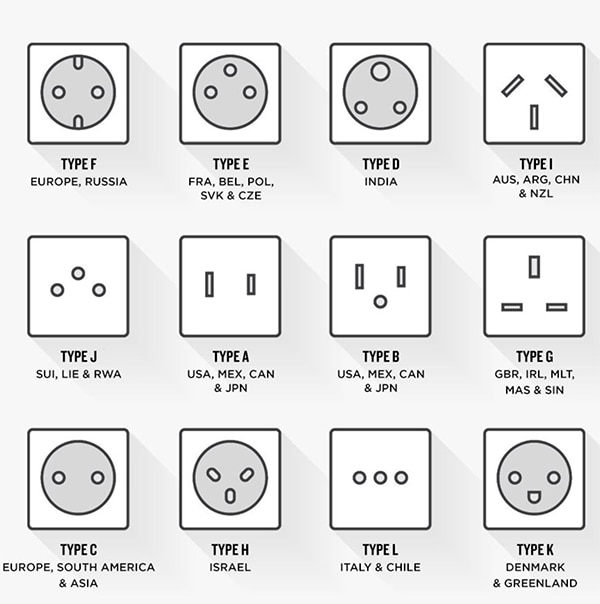 Figure 1: Shown are some of the many plug-and-socket blade arrangements in use worldwide. (Image source: Gear Patrol)
Figure 1: Shown are some of the many plug-and-socket blade arrangements in use worldwide. (Image source: Gear Patrol)
The reasons for this blade configuration diversity vary. In some cases, it was a result of the attempt by a local power provider or appliance maker to have some control over connections, whether for consistency or market lock-up. Also, many early power systems (sources and associated grid) were highly localized and only served a small region and so had no need for commonality.
It is not just the arrangement of the blades that matters, as the blade dimensions are also factors. In some cases, the difference between blade configurations is quite small and almost invisible to the unaided eye. For example, the North American NEMA 5-15 plug and the Japanese JIS C 8303 plug look the same, but there are some critical differences. While the widths of the blades are similar, the blade lengths are different (Figure 2).
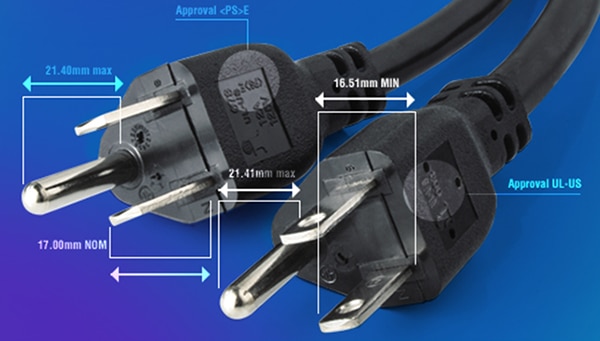 Figure 2: The standard North American NEMA 5-15 and Japanese JIS C 8303 three-prong plugs are very similar, but there are slight dimensional differences. (Image source: Interpower Corp.)
Figure 2: The standard North American NEMA 5-15 and Japanese JIS C 8303 three-prong plugs are very similar, but there are slight dimensional differences. (Image source: Interpower Corp.)
This variety presents a serious challenge to vendors of AC-powered systems and their power connections and adapters. For systems, the common solution is to ship units with removable AC line cords to mate with a standard international IEC 60320 C14 socket receptacle (Figure 3) – formally called a Power Entry Module or PEM – on the enclosure or chassis, then ship the appropriate cord with the unit (or the end-user can purchase it locally).
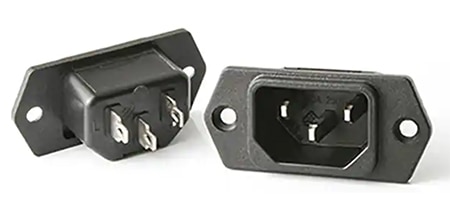 Figure 3: The IEC 60320 C14 socket receptacle is widely used on chassis and is mated with a cord having a suitable AC line plug at one end and a matching connector at the chassis end. (Image source: Interpower Corp.)
Figure 3: The IEC 60320 C14 socket receptacle is widely used on chassis and is mated with a cord having a suitable AC line plug at one end and a matching connector at the chassis end. (Image source: Interpower Corp.)
For devices such as laptops and PCs, a cord with the IEC 60320 C5 plug and matching chassis-mounted IEC 60320 C6 receptacle on the AC power adapter are also possibilities (Figure 4). (Note that even internationally, this is often referred to as a "Mickey Mouse" connector due to its shape – with no disrespect intended!)
 Figure 4: Another common connector for international, removable AC cords such as on AC power adapters is the IEC 60320 C5 plug (left) and matching IEC 60320 C6 receptacle (center); because of its cross-sectional shape, this connector is often called a “Mickey Mouse” connector (right). (Image sources: Left and center, Digital Plug and Socket Museum; center, Wikipedia)
Figure 4: Another common connector for international, removable AC cords such as on AC power adapters is the IEC 60320 C5 plug (left) and matching IEC 60320 C6 receptacle (center); because of its cross-sectional shape, this connector is often called a “Mickey Mouse” connector (right). (Image sources: Left and center, Digital Plug and Socket Museum; center, Wikipedia)
Alternatively, end-users could employ a removable adapter from those ubiquitous “international traveler” kits. However, these are generally lower quality, awkward, bulky, and an overall nuisance for serious use (Figure 5).
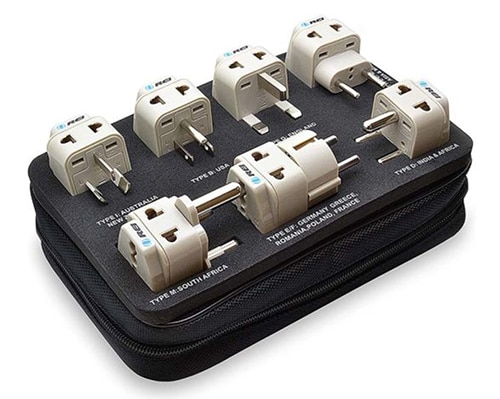 Figure 5: These universal adapter kits may be useful for traveling but are generally unsuitable for most power-plug blade-adapter situations. (Image source: CNN)
Figure 5: These universal adapter kits may be useful for traveling but are generally unsuitable for most power-plug blade-adapter situations. (Image source: CNN)
However, none of these solutions are viable or attractive options for small, low-power AC adapters which plug directly into the AC socket (often called wall mount adapters). Thus, some innovation is needed here.
A better approach: replaceable blades
Instead of trying to supply different wall mounted AC/DC adapters for each blade configuration or resorting to more costly non-wall mounted adapters having user-replaceable AC cords, a more imaginative approach is to retain the adapter, but instead offer easily replaceable blades (Figure 6).
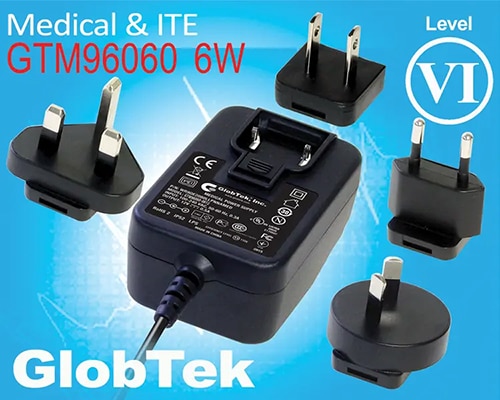 Figure 6: By offering user-swappable blade assemblies, a single wall mounted power unit can be easily configured to work with many worldwide AC outlets. (Image source: GlobTek, Inc.)
Figure 6: By offering user-swappable blade assemblies, a single wall mounted power unit can be easily configured to work with many worldwide AC outlets. (Image source: GlobTek, Inc.)
This allows vendors to carry far fewer distinct line items, as they only need to supply the appropriate blades – a smaller, lighter, passive attachment – to a given region. The use of removable blades does not compromise mechanical or electrical integrity. All units with removable blades meet all relevant worldwide and regional regulatory standards for performance, safety, efficiency, and capabilities.
In addition, units are available that meet Class I or Class II standards. In Class I power supplies, the user is protected from hazardous input voltage levels by at least one layer of basic insulation and a grounded conductive chassis. All Class I power supplies must have safety ground brought to an electrically conductive chassis in the power supply.
In contrast, Class II power supplies protect the user from hazardous input voltage levels by at least one layer of basic insulation, plus a layer of supplemental insulation or a layer of reinforced insulation. Due to this double or reinforced insulation, IEC Class II power supplies are not required to have the safety ground conductor connection – the third prong on the connector.
One example is the WR9QD666KRPNG2309(R), a 9 volt, 6 watt AC/DC external wall mount adapter with multi-blade input; a single blade is included with the unit. This Class I-unit measures about 65 × 42 × 31 millimeters (mm) and is equipped with a 3.5 × 1.3 × 12.0 mm female barrel connector on the end of the 183 centimeter (cm) standard DC output cable (other connectors/lengths are available as optional orders) (Figure 7).
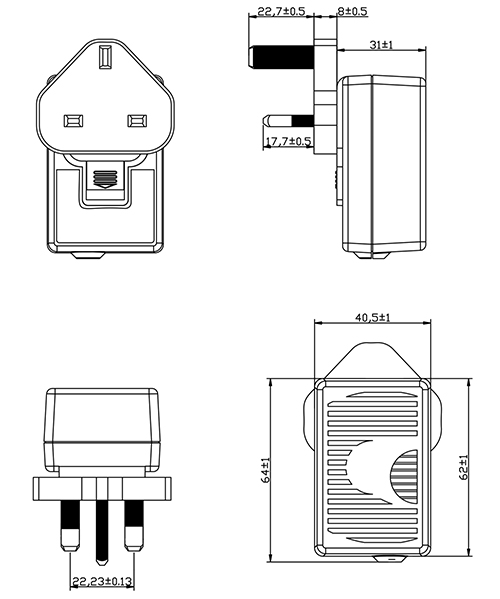 Figure 7: The WR9QD666KRPNG2309(R) is a Class I wall mounted adapter that delivers 9 volts at up to 6 watts in a small, efficient package. (Image source: GlobTek, Inc.)
Figure 7: The WR9QD666KRPNG2309(R) is a Class I wall mounted adapter that delivers 9 volts at up to 6 watts in a small, efficient package. (Image source: GlobTek, Inc.)
For Class II applications, the WR9QE500CCPNAIMR6B AC/DC external wall mount adapter provides 12 volts at up to 6 watts/0.5 amperes (A) (Figure 8). As a Class II unit, it requires only two blades on the AC connector. Standard DC output cabling is a 1200 mm long cable with a 5.5 × 2.1 × 11 mm female barrel connector (Figure 8).
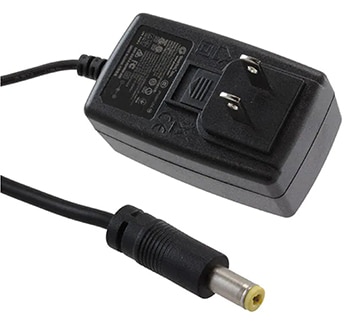 Figure 8: The WR9QE500CCPNAIMR6B AC/DC external wall mount adapter is Class II rated and thus does not need a third ground blade. (Image source: GlobTek, Inc.)
Figure 8: The WR9QE500CCPNAIMR6B AC/DC external wall mount adapter is Class II rated and thus does not need a third ground blade. (Image source: GlobTek, Inc.)
For USB and low-power Class II applications, the WR9QA1200USBNMEDRVB adapter delivers 5 volts at up to 6 watts. Unlike the wall adapters with a DC output cable and connector, this model features a Type "A" USB jack (Figure 9).
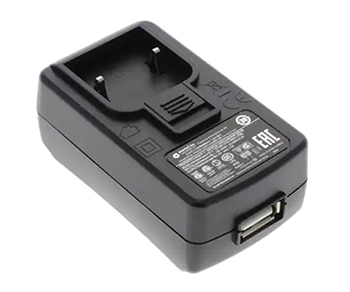 Figure 9: The 5 volt/6 watt WR9QA1200USBNMEDRVB adapter has a Type A USB connector rather than a DC output cable and connector. (Image source: GlobTek, Inc.)
Figure 9: The 5 volt/6 watt WR9QA1200USBNMEDRVB adapter has a Type A USB connector rather than a DC output cable and connector. (Image source: GlobTek, Inc.)
Swappable blades make the difference
GlobTek offers a wide selection of removable/replaceable blades to address the complexities of supporting worldwide AC plug configurations (Figure 10).
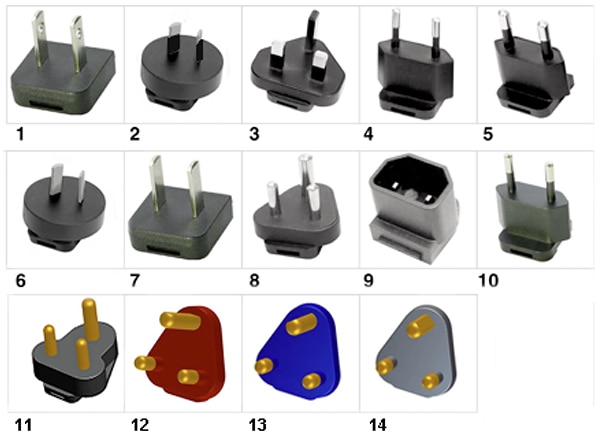 Figure 10: A look at some of the blades offered by GlobTek shows the challenge of providing a “universal” supply to achieve worldwide compatibility. (Image source: GlobTek, Inc.)
Figure 10: A look at some of the blades offered by GlobTek shows the challenge of providing a “universal” supply to achieve worldwide compatibility. (Image source: GlobTek, Inc.)
A close look at two widely used blades shows the simplicity of the removable blade assembly. The R-NA-3 Changeable Blade T3-NA and R-NA-2(R) Changeable Blade T2-NA assemblies are for use in North America for Class I and Class II applications, respectively (Figure 11).
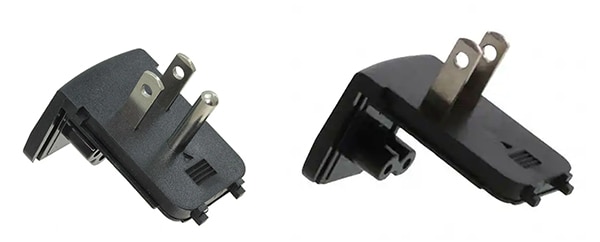 Figure 11: Blade assemblies for North America include Class I (left) and Class II (right) versions. (Image source: GlobTek, Inc.)
Figure 11: Blade assemblies for North America include Class I (left) and Class II (right) versions. (Image source: GlobTek, Inc.)
Installing or replacing a blade assembly is quite easy and no tools are needed. For removal, assuming there is already a blade assembly in place, a thumb or finger is used to push and hold the spring-loaded locking key downward. Then, while holding the locking pin down, the user pulls on the AC blade to remove it. The desired AC blade assembly simply slides in until it clicks.
Conclusion
It can be frustrating and challenging for vendors or end-users to support the many worldwide AC-plug blade configurations in use. This is especially so for small, wall mounted AC/DC adapters that do not have a removable line cord. Supplying a diverse set of blades for compatibility with various locales is a continuous, complicated, and costly headache. To overcome this dilemma, GlobTek offers a wide range of low-power wall mounted adapters with user-swappable blade assemblies. The units meet all applicable and relevant safety, performance, and environmental regulatory mandates.

Disclaimer: The opinions, beliefs, and viewpoints expressed by the various authors and/or forum participants on this website do not necessarily reflect the opinions, beliefs, and viewpoints of DigiKey or official policies of DigiKey.







